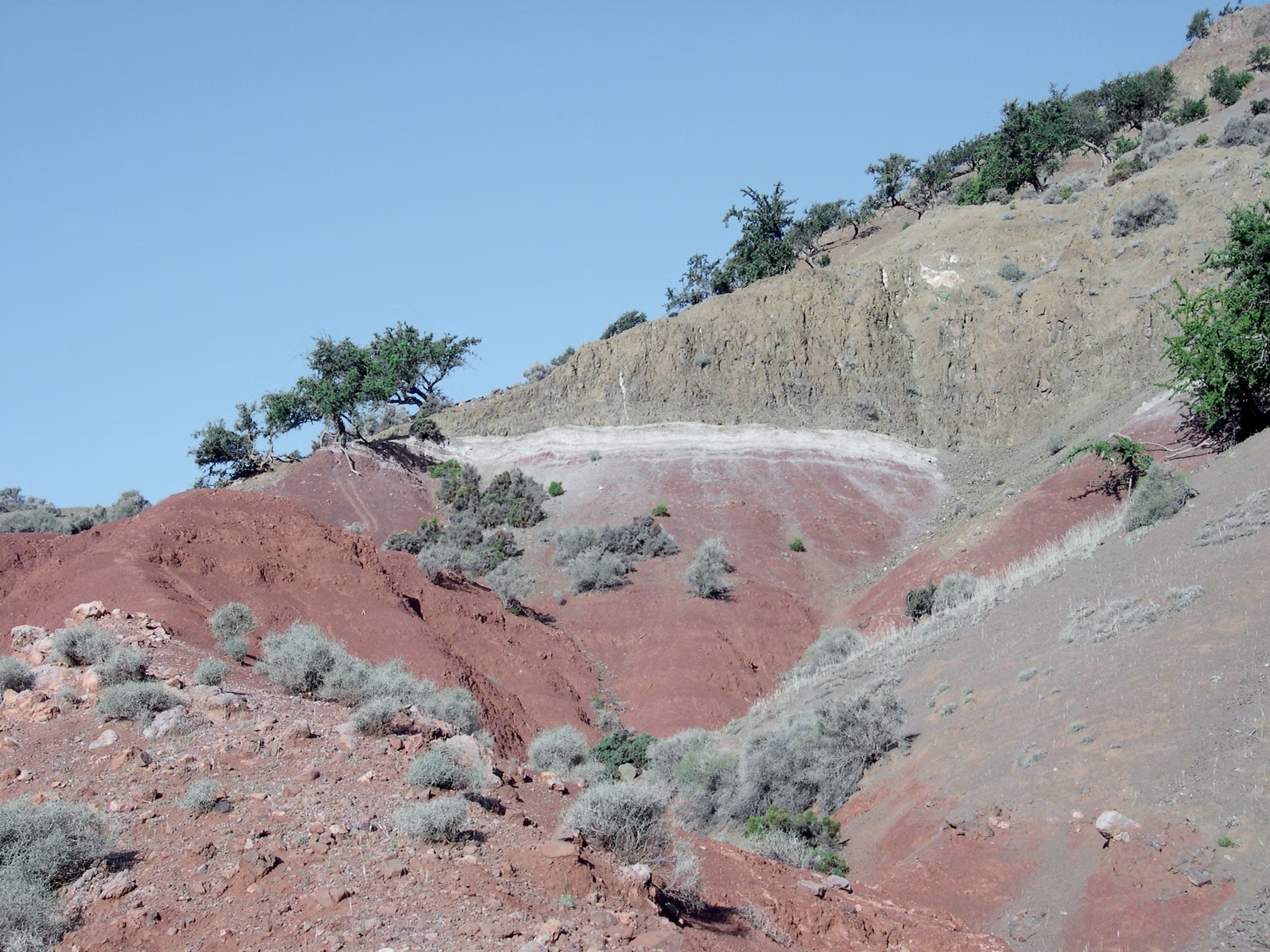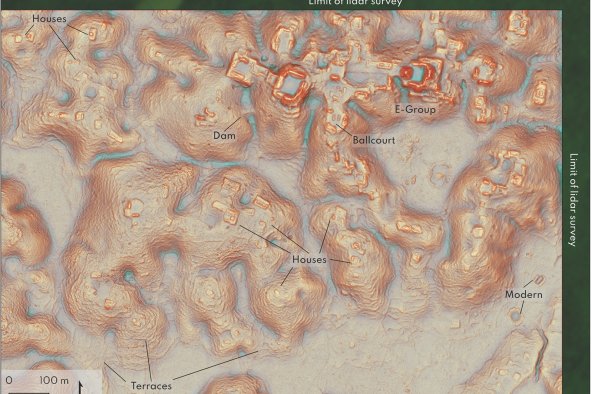Your support helps us to tell the story
Support NowThis election is still a dead heat, according to most polls. In a fight with such wafer-thin margins, we need reporters on the ground talking to the people Trump and Harris are courting. Your support allows us to keep sending journalists to the story.
The Independent is trusted by 27 million Americans from across the entire political spectrum every month. Unlike many other quality news outlets, we choose not to lock you out of our reporting and analysis with paywalls. But quality journalism must still be paid for.
Help us keep bring these critical stories to light. Your support makes all the difference.
A mass extinction event that brought about the rise of the dinosaurs more than 200 million years ago was believed to be caused by the planet’s warming. Now, scientists at Columbia University say sudden freezing temperatures may be to blame.
The causes of the End Triassic Extinction, which wiped out three-quarters of all living species, have long been debated. The extinction has been tied to massive volcanic eruptions that split up Pangaea, the supercontinent made up of all of Earth’s continents. Those eruptions sent ash and volcanic debris into the air and across the landscape, with millions of miles of lava erupting over what was believed to be more than 600,000 years.
Previously, researchers had said this cataclysmic event, marking the beginning of the Jurassic Period, was due to the release of carbon dioxide during the eruptions, leading to the planet’s warming and acidifying the oceans. But, new research suggests these eruptions lasted for a much shorter timespan: decades, instead of hundreds of thousands of years.
“It takes a long time for carbon dioxide to build up and heat things, but the effect of sulfates is pretty much instant,” Dennis Kent, the study’s lead author and adjunct senior research scientist at Columbia Climate School’s Lamont-Doherty Earth Observatory, said in a statement. “It brings us into the realm of what humans can grasp. These events happened in the span of a lifetime.”

The findings, published Monday in the journal PNAS, say sulfate particles that reflect the sun were released into the atmosphere during the eruptions, cooling the planet and freezing the majority of its inhabitants.
When the eruptions occurred, they released so many sulfates that the sun was largely blocked. That sent temperatures plummeting. These volcanic winters, which lasted years were “devastating.”
Carbon dioxide levels in the planet’s atmosphere before the Jurassic Period were already three times what they are today, and likely contributed to the mass extinction, ultimately “finishing the job,” researchers say.
The extinction has also been tied to the eruptions of the Central Atlantic Magmatic Province, a large area made up of magma rock, known as CAMP. Below the layers of lava from these eruptions, archaeologists have uncovered Triassic-era fossils, including those of strange tree lizards and flat-headed amphibians.
In previous work at CAMP, Kent and others had attempted to identify evidence of Earth’s magnetic field, which is generated by the motion of molten iron in Earth’s core and protects the planet from cosmic radiation and solar activity. The field is constantly in flux, with its strength waxing and waning over time. That can cause the magnetic poles to shift and even flip positions.
Complete reversal of the poles are random and are generally believed to occur over a period of hundreds to thousands of years. When lavas solidify, they often preserve an imprint of the field at that time. Because the magnetic pole is not aligned with the Earth’s axis, magnetic particles in eruptions that solidified within decades of each other will point in the same direction. Those that solidify within thousands of years will point in different directions.

Kent found that there was a consistent reversal of polarity in rock sediments located just below the initial CAMP eruptions. Back then, it was assumed that the massive deposits must have formed over millions of years.
But recently, using data from those layers of rock in the mountains of Morocco, in Nova Scotia’s Bay of Fundy, and New Jersey’s Newark Basin, the new study’s authors identified five eruptive lava eruptions spread out over approximately 40,000 years. They determined that these rocks had magnetic particles that are aligned in a single direction, indicating that the eruptions had emerged in less than a century before the magnetic pole could drift.
“Small events spread out over [tens of thousands of years] produce much less of an effect than the same total volume of volcanism concentrated in less than a century. The overarching implication being that the CAMP lavas represent extraordinarily concentrated events,” study co-author Paul Olsen, a paleontologist at Lamont-Doherty, said.
Disclaimer: The copyright of this article belongs to the original author. Reposting this article is solely for the purpose of information dissemination and does not constitute any investment advice. If there is any infringement, please contact us immediately. We will make corrections or deletions as necessary. Thank you.



